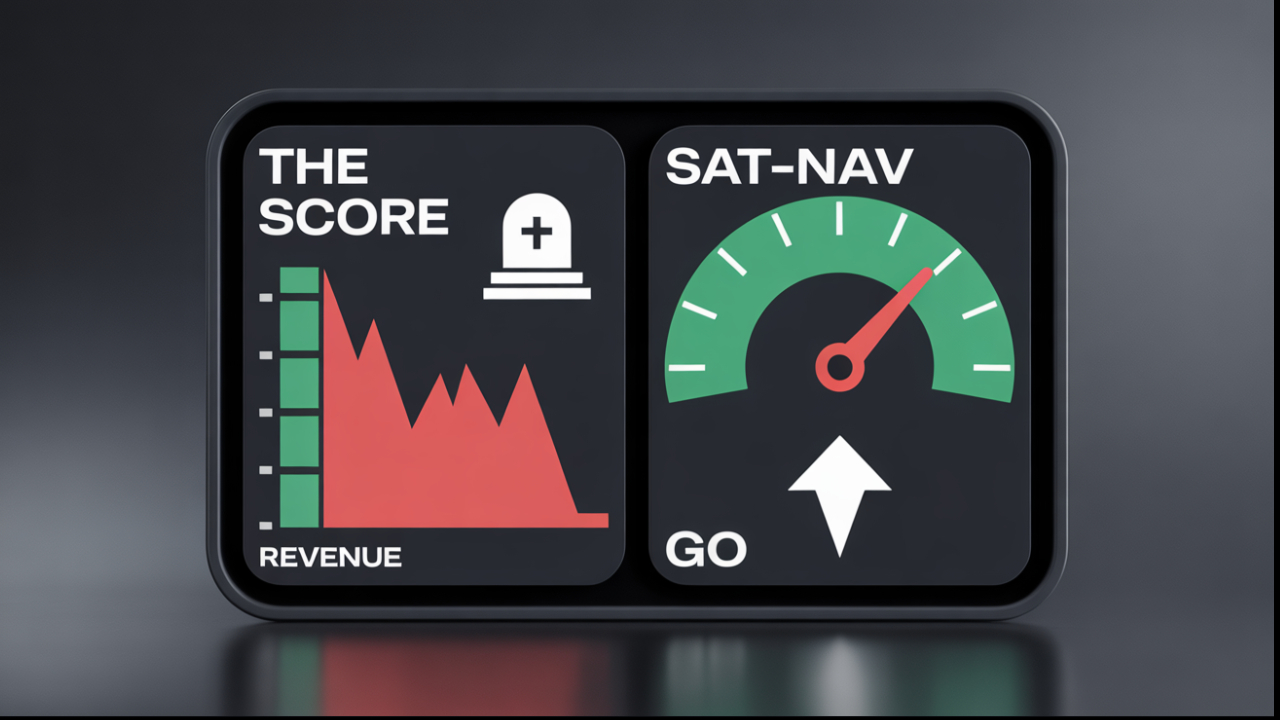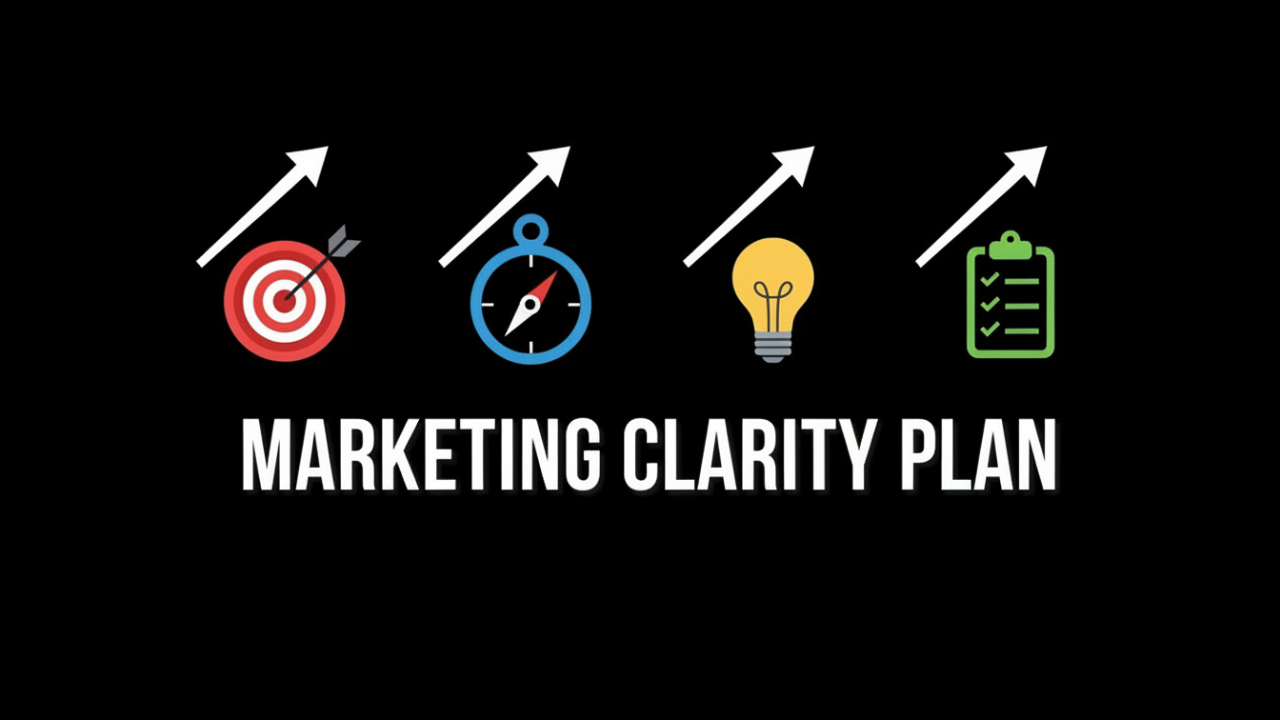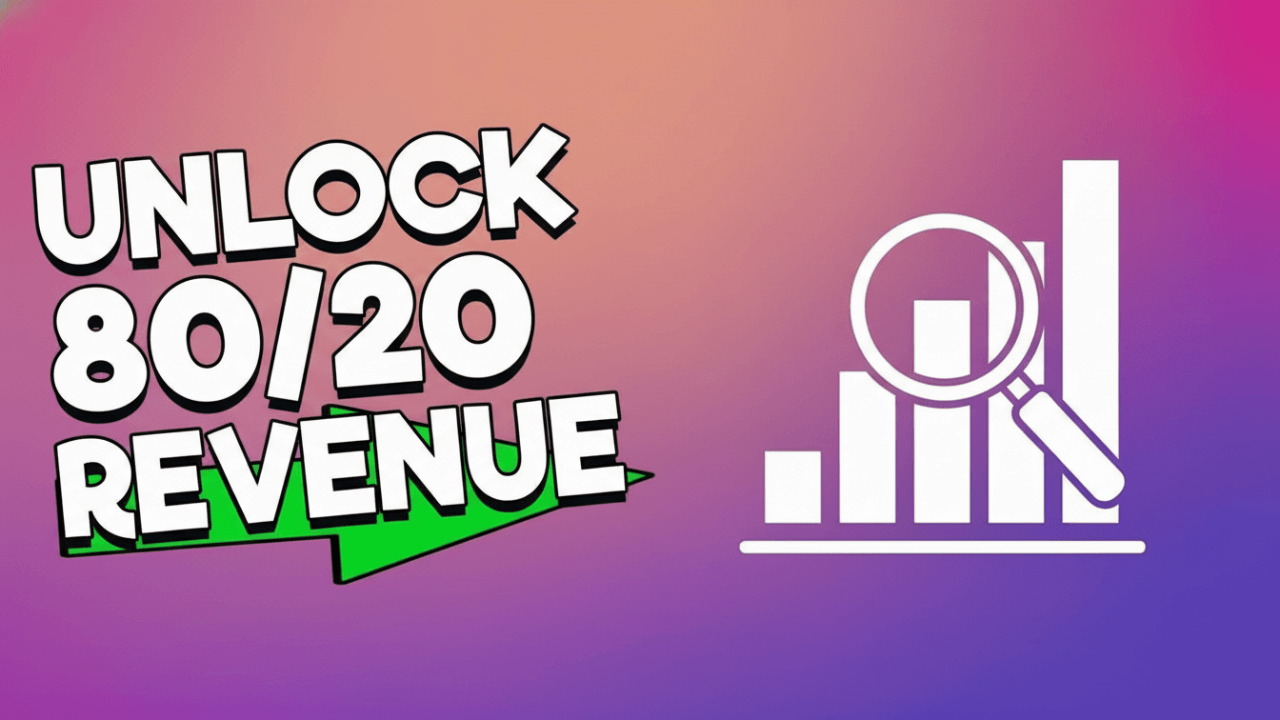Developing Your Digital Marketing Strategy
5 Areas to Help Improve Your Digital Marketing Strategy
Direct your attention to your Goals and Business Case in undertaking this exercise
Developing your Digital Strategy
If your Customers or Potential Customers can't find the content that answers their questions or makes your product/services easy to consume, use, and enjoy, then they'll be off to seek out your competitors.
You need to...
1. Determine your Strategy (What do I want to achieve and How do I make it happen)
At the core, you need to develop a strategy. You must know what you want to achieve and how you are going to make it happen.
Identifying your goals and priorities ensures that you develop the right digital strategy for your business, rather than one that is simply nice to have.
After this, it is important that you think about the features, processes and technology that will be required to support your digital strategy.
Digital technology can be costly and time consuming to implement, so having a clear plan of how you will reach your goals with the available budget and resources is essential.
A clear understanding of the trade-offs between different elements of your digital marketing strategy is also important.
2. Uncover Your Customer Experience (Learning what your prospects/customers will think, feel, and do when interacting with your brand)
When it comes to marketing, the more we understand about what our customers are thinking and feeling, the better we can serve them. We can't read their minds of course, but there are ways to get insight into what they're going to think, feel and do when interacting with your brand.
Better understanding this helps us build better campaigns, products, and services. It helps us make better decisions about how we serve them and our market in general.
One way we can uncover customer experience is by using personas.
Trying to figure out your target audience can be a tricky process. The first thing you need to do is define who your customers are.
To help you understand your customer, you first need to create a profile. A good profile will include demographics, psychographics, and behavioural data. (See our free Customer Avatar download - click here)
The most successful companies don't just focus on their products, but rather on the customer experience and how it can be improved. By understanding exactly what your customers want out of their interaction with you, you'll be able to plan marketing strategies accordingly.
3. Creating Quality Content (How you create the content, who will do it, what will the content be, based around your story)
There is no secret formula. Great content is created by people who take the time to research and understand their audience, who care about what they're writing and spend time thinking about it before putting words down on paper (or screen). It's that simple.
At its most basic level, creating quality content means doing your homework — learning about your industry, finding out what your customers want, pinpointing the pain points of your target market and understanding the needs of your audience. If you can do this, then writing content that resonates with them becomes much easier.
4. Promotion Channels (Your content must make the right impact; you need to know where and by whom your content will be distributed. How will you ensure your Prospects/Customers find and choose you)
Every business has a customer base and a customer acquisition plan. It doesn't matter if you're a local business or selling products to the world. However, your customers are not all the same. They have different needs and preferences. In order to create an effective customer acquisition strategy, you need to understand your audience (Digital Strategy No.2) and how they will discover you.
New customers can be acquired in many ways. These are some of the most common methods:
- Direct mail or email
- Print or online advertisements
- Search engines (organic or sponsored)
- Social media (Facebook, Twitter, Google+, etc.)
- Blogs
- Offline print media (newspapers, magazines, etc.)
- Paid search engine optimization (SEO)
- Video marketing (YouTube, Vimeo)
- Existing/new professional networks
5. Analytics (The metrics you choose to measure your Success or Failure in meeting your goals)
There are so many metrics out there. Conversion rate, bounce rate, revenue per visit — the list goes on and on. Not every metric is useful for every business, but it's important to know which ones will be most helpful in achieving your goals.
Analytics tools come in a variety of flavours and can be used as complementary metrics to track your online marketing activities. The most common analytics tools include:
- Google Analytics
- Google AdWords Keyword Planner
- Bing Webmaster Tools
- Facebook Insights
- Twitter Analytics
- YouTube Analytics
- Website Statistics
When creating your Digital Strategy do some research into what other high growth companies are doing (and your competitors).
PS: As always if you need help with this please do get in touch, we cover all things Digital Marketing and Social Media - Click here










